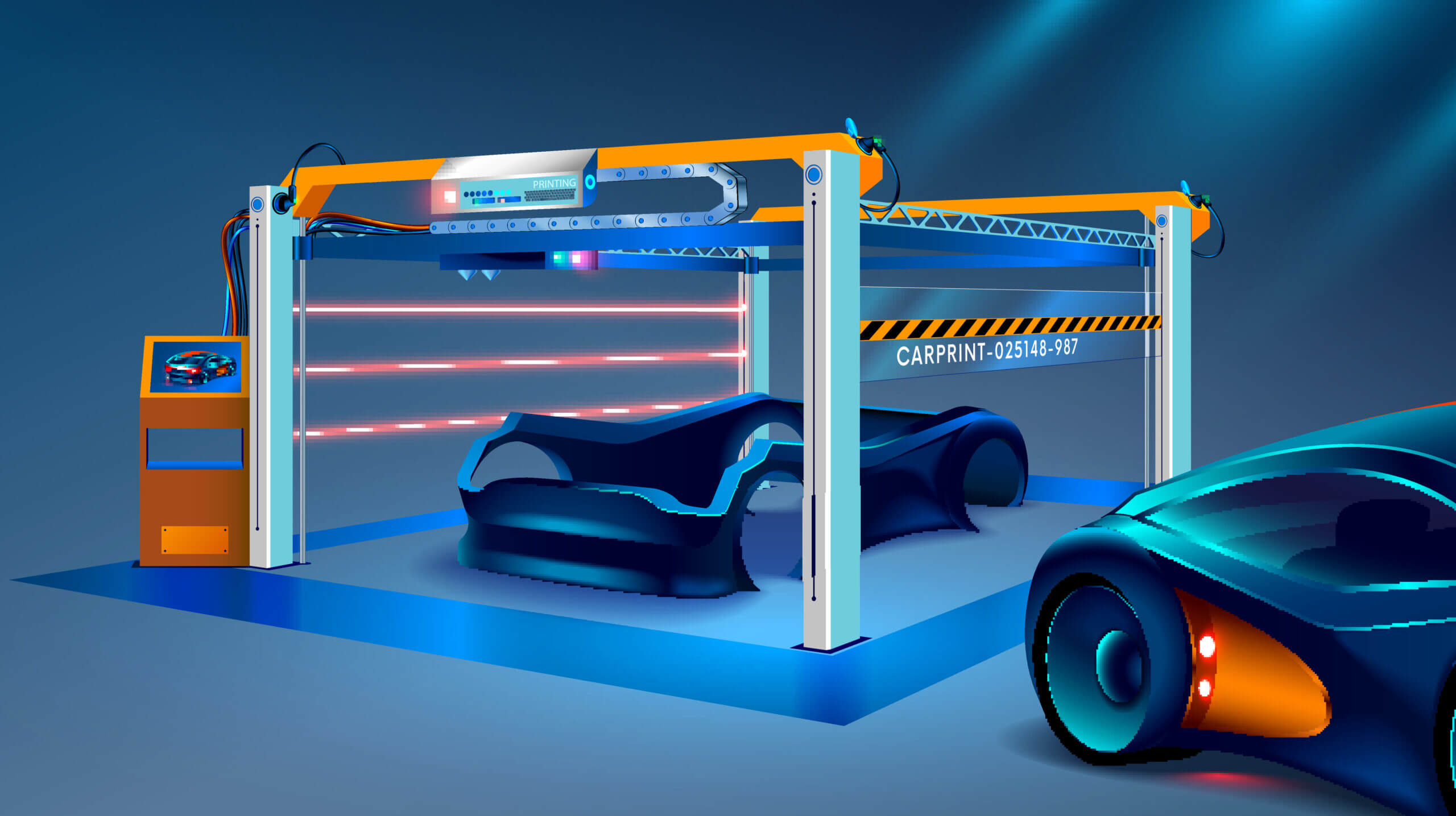Unveiling the Impact of 3D Printing on Car Manufacturing
Unravel the transformative impact and potential of 3D printing technologies in the automotive manufacturing industry.

3D Printing in Car Manufacturing is ushering in a new era of innovation and efficiency. This groundbreaking technology is leaving a transformative impact on automotive production lines conceivable only in the realm of science fiction barely a decade ago. It's time we delve deep into how 3D printing technologies are altering the auto manufacturing landscape.
Deciphering the Role of 3D Printing in Car Manufacturing
The promise of 3D printing has always been monumental for car manufacturing. It offers unprecedented capabilities to streamline production, enhance customization, and, most importantly, revolutionize the entire design process. For manufacturers, it's a brave new world of opportunities and challenges alike. Let's embark on a journey into this exciting realm.
Table of Contents
- Overview of 3D Printing Technology
- Impact on Car Design and Prototyping
- Incorporating 3D Printing into Production Lines
- Material Innovation and Sustainability in 3D Printing
- Industry Challenges and Future Potential
- Significance of 3D Printing in Car Manufacturing – Concluding Thoughts
Overview of 3D Printing Technology

3D printing, also known as additive manufacturing, is a process that transforms digital models into three-dimensional physical objects. The process is achieved by adding layer upon layer of material until the object is formed. Automotive manufacturers are finding a goldmine of opportunities in this technology, ushering in a new era of production and design in the industry.
Operation of 3D Printers
3D printers operate on a simple principle. The design of the prototype is first rendered in a 3D modeling software. These digital blueprints are then sliced into numerous horizontal layers by the printer, forming a roadmap for the print head to follow.
Impact on Car Design and Prototyping

One of the major areas that 3D printing is revolutionizing in the automotive industry is car design and prototyping. Mechanical design, model testing, and changes have all become considerably faster and more efficient. Let’s understand how.
- Faster Prototyping: Creating prototypes using traditional methods can be time-consuming and expensive. 3D printing significantly accelerates this process, allowing manufacturers to create complex designs quickly and relatively cheaper.
- Greater Flexibility: 3D printing offers unparalleled flexibility to designers. They can easily make tweaks and adjustments to designs during the prototyping stage, saving valuable time and resources.
- Improved Efficiency: By allowing fast development of prototypes and enabling corrections in earlier stages of design, 3D printing helps in increasing the overall efficiency of the automotive design phase.
Incorporating 3D Printing into Production Lines
The potential of 3D printing goes far beyond the design and prototyping stage. It is also making its mark on the production lines, changing the way cars are being assembled.
Customization Opportunities
In a market that thrives on individuality, the ability of 3D printing to produce customized components quickly and efficiently is an absolute game-changer. Manufacturers can now deliver specialized parts for customer-specific orders almost on-demand and without upfront tooling time or expenses. From one-off trim pieces to personalized mechanical parts, the customization potential with 3D printing is limitless.
“3D printing is rapidly becoming the backbone of the automotive customization market. Its ability to offer anything from unique paint schemes to personalized dashboards is a big win,” says Joe Edwards, a noted automotive analyst.
The first half of this article has set the stage, providing a roadmap of the impact of 3D printing on car manufacturing. As we drive further down this journey, the unseen aspects of this technology will start to unfold. We will unlock an industry pushing the boundaries of innovation while confronting challenges head-on.
Material Innovation and Sustainability in 3D Printing

The application of 3D printing in car manufacturing isn't limited only to design and production, but it's also shattering norms in material usage and sustainability. The versatility of this technology allows the use of various materials ranging from plastics to metals, and even newly developed composite materials.
Less Waste, More Sustainability
3D printing's additive process contrasts with the traditional subtractive manufacturing methods where excess material is carved off to form the desired part. This results in less waste and, hence, a more sustainable production process. Moreover, using lighter, more efficient materials also improves the fuel efficiency of vehicles, further increasing their eco-friendliness.
Industry Challenges and Future Potential

Despite its game-changing benefits, the adoption of 3D printing in car manufacturing is not without its hurdles. Many of these challenges revolve around speed, cost, and the durability of 3D printed parts. However, the industry is rapidly evolving with research and development aimed at overcoming these obstacles.
- Production Speed: Currently, 3D printing is slower compared to traditional manufacturing methods. But, with technological advancements, production speed is expected to improve in the future.
- Costs: While 3D printing can reduce costs for prototypes and small production runs, large scale productions can be expensive due to high material prices. Yet, as technology advances and more manufacturers adopt 3D printing, these costs are likely to decrease.
- Durability and Quality: There are concerns about the strength and durability of 3D printed parts. As we continue to develop new printing techniques and materials, it is expected that the quality of printed parts will improve.
Future Implications
Despite the mentioned challenges, the upside of 3D printing in the auto industry is enormous. The innovative blend of design flexibility, production agility, and efficient resource utilization positions 3D printing as a key player in the evolution of the automobile industry.
Significance of 3D Printing in Car Manufacturing – Concluding Thoughts
From disruptive design capabilities to unprecedented production efficiency, 3D printing is establishing itself as a truly revolutionary force in car manufacturing. It's a technology that's here to stay and will only continue to refine and reshape how we view the automotive industry.
Isn't it absolutely fascinating to witness such a revolution? As we wake up each day to new advancements in 3D printing, we're getting a taste of a science fiction-like future, melding with the reality of today. The convergence of technology and creativity is creating a world where the only limitation is our imagination.
Let's keep our seat belts buckled as we continue sailing towards uncharted territories in the dynamic world of car manufacturing that's being vividly reshaped by 3D printing. Powering through headwinds, the automotive industry is set to cruise on the highway of infinite possibilities.
What's Your Reaction?































































